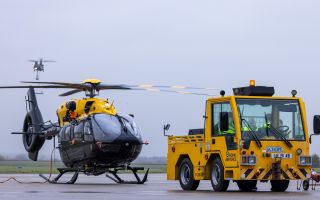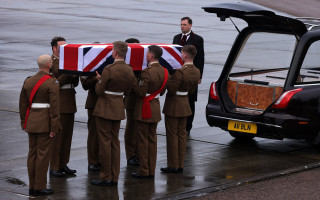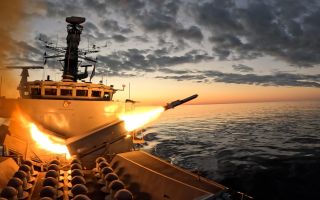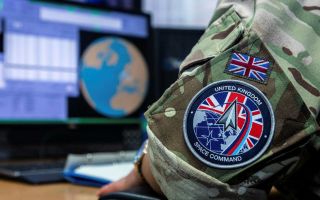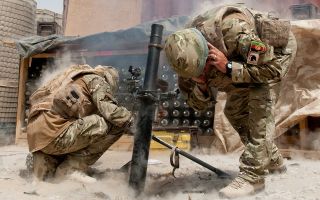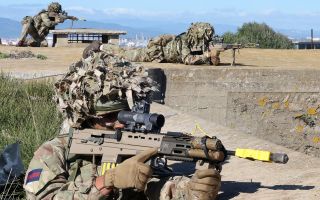The Radical Warships Of The Future?
Working alongside the Ministry of Defence and the Royal Navy a team of scientists and engineers have presented what they envisage to be the warship of the future - the Dreadnought 2050.
Bearing more than a passing resemblence to the US Navy's Littoral Combat Ships (LCS) and the prototype British warship Triton, the vessels could be in service by 2050.
Among the unique features would be a 3-D holographic command table in the ship's Operations Room - allowing commanders to focus on all areas of the battlefield including what's happening underwater and in the air.
Power would be supplied by fusion reactors or electric turbines with a graphene coated hull to cut down on drag and add stealth.
Instead of a mast or helicopter an armed, tethered quad-copter would fly above the vessel with additional firepower coming from an electro-magnetic railgun, hypersonic missiles, super-cavitating torpedoes and laser energy weapons.
Floodable docks and moon-pools would allow for the deployment of Royal Marines or Special Forces, as well as unmanned underwater vehicles for mine detection and clearance.
While there's no word on the projected cost of such a vessel the designers argue the manning of the ship would be something in the region of a quarter of that of modern warships.

